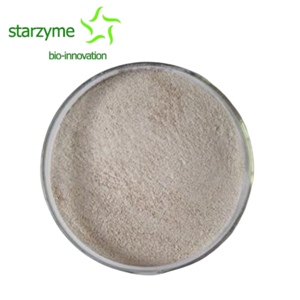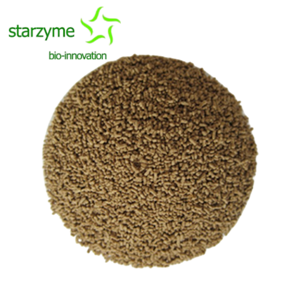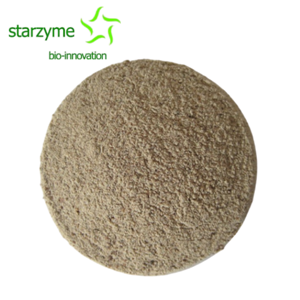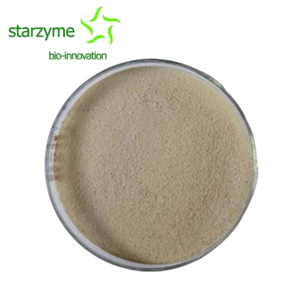Functional and Multi-Functional Enzyme Preparations
At present, research on enzymes that can withstand high and low temperatures and Enzyme Preparations with high activity and strong stability has become a hot topic. Phytate phosphorus is the main storage method of phosphorus in plants. In common feeds of cereals and legumes, 60% to 90% of phosphorus exists in the form of phytate phosphorus. However, phytate phosphorus cannot be directly digested and absorbed by monogastric animals. Calcium dihydrogen phosphate needs to be added to the feed, resulting in a large amount of phosphorus in animal feces, causing environmental pollution. At present, the phytase used in feed includes phytase and phosphatase, which can release nutrients such as amino acids and trace elements bound to phytic acid. Adding Enzyme Preparations like phytase to feed can improve feed utilization efficiency, but the amount of phytase added varies according to different poultry species and feed formulas. Glucose oxidase is an aerobic dehydrogenase that can catalyze the reaction of oxygen and β-D-glucose to generate gluconic acid and hydrogen peroxide. The hydrogen peroxide generated by adding glucose oxidase to feed in the animal intestine can release oxygen free radicals, which has a broad-spectrum antibacterial effect. The anaerobic environment formed by oxygen consumption is conducive to the growth and reproduction of probiotics. The generation of gluconic acid can reduce the pH value of the digestive tract, increase the activity of digestive enzymes, improve animal intestinal health and digestion ability, and improve feed utilization.
Multi-Functional Enzyme Preparations
Enzyme Preparations are biological catalysts whose chemical composition consists of proteins or large molecular substances primarily composed of proteins. Different enzymes have different amino acid compositions, types of cofactors, catalytic reaction conditions, molecular weights, and spatial configurations. Usually, an enzyme can only catalyze one chemical reaction specifically, while some enzymes can catalyze 2-6 chemical reactions. Therefore, this type of Enzyme Preparations is called a multifunctional enzyme. Typical examples include fatty acid synthase, camphorin, and acetyl CoA carboxylase.
Main Purpose
In recent years, it has been discovered that some Enzyme Preparations have multiple catalytic activities. For example, E. coli DNA polymerase I is a polypeptide chain with a molecular weight of 109 kDa, which catalyzes the synthesis of DNA chains, and has the activity of 3 '-5' exonuclease and 5 '-3' exonuclease. Two peptide segments were obtained by mild hydrolysis with proteolytic enzymes, one containing 5 '-3' exonuclease activity and the other containing the activity of the other two enzymes, indicating that E. coli DNA polymerase molecules contain multiple active centers. Mammalian fatty acid synthase is composed of two polypeptide chains, each containing the catalytic activity of seven enzymes required for fatty acid synthesis.





